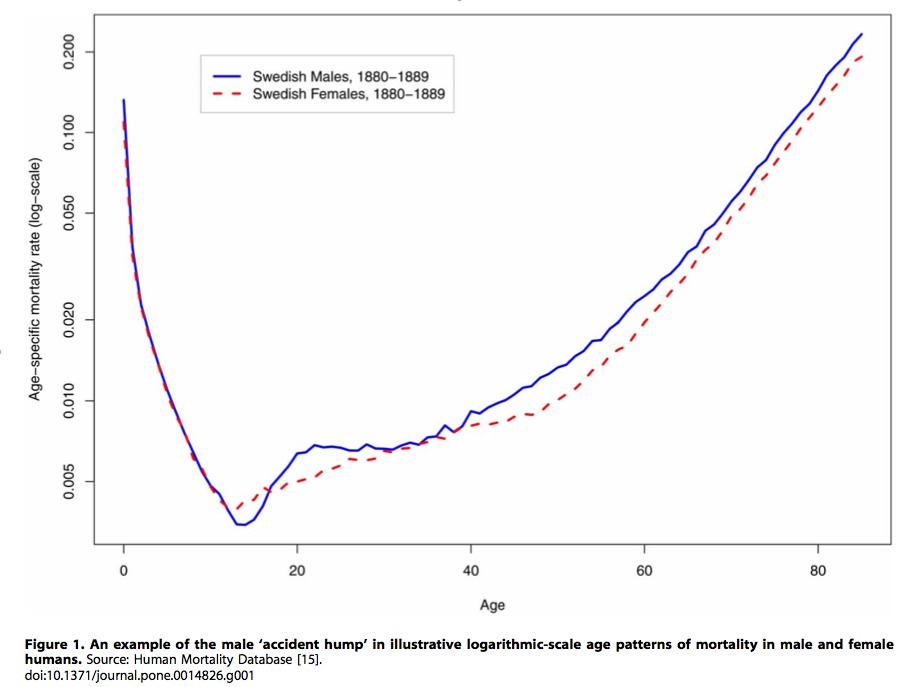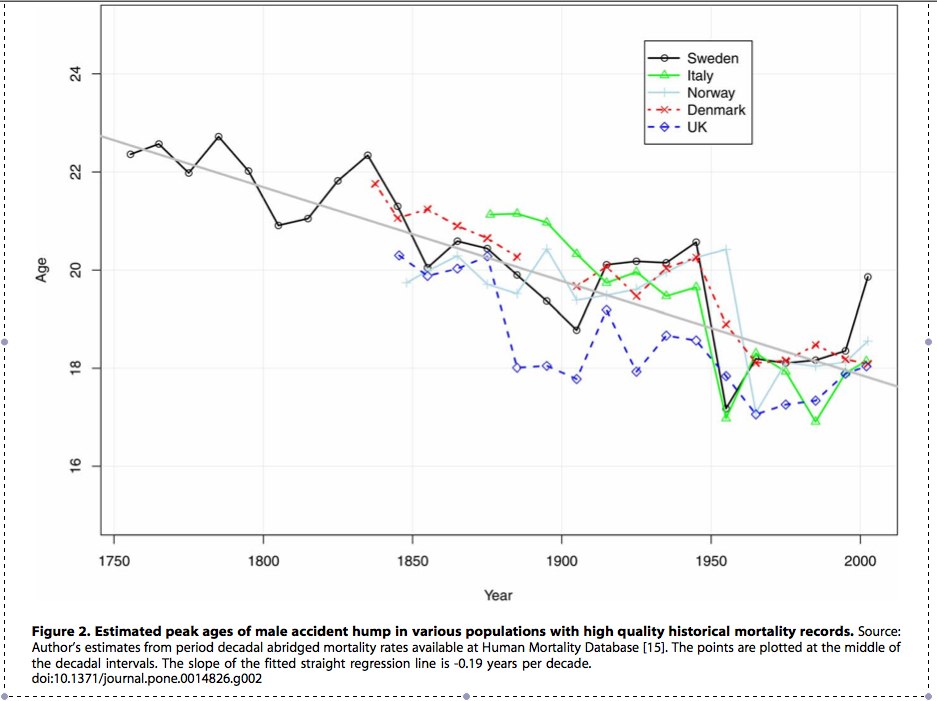You’ve no doubt heard that girls are entering puberty earlier than they ever have before. It’s one of those science-lite stories beloved of tabloid papers and current affairs programs. One recent article had 10 to 15 percent of American 7 year olds showing the first signs of breast development.
It’s one of those problems that has folks scratching around for an answer. Toxic chemicals in the environment, including those that fake the effect of hormones, often get the blame. Diet – specifically the overnutrition that’s also causing childhood obesity to balloon – is another popular culprit.
There are plenty of reasons to be concerned. Hormonal disruption can cause all sorts of diseases, including breast cancer. Likewise, obesity can lead to type II diabetes, coronary heart disease and many cancers.

Beyond these problems that might beset girls later in life, maturing too fast can make life difficult for little girls. Young girls can be notoriously precocious, and it isn’t hard to imagine that an 12-year old who looks 17 could find her world a bewildering and even dangerous place.
The start of breast development is thought to signal the beginning of puberty, and can be measured easily. Even better, the age at which a girl reports her first menstruation gives and unambiguous and easy to remember measure. And records go back a very long time, confirming that girls are experiencing menarche, on average, at younger ages.
But what about boys? It isn’t quite as easy to measure the onset of puberty in boys as it is in girls. An innovative new paper by Joshua R. Goldsteinat the Max Planck Institute for Demographic Research in Rostock, Germany, makes use of a rather unfortunate quirk of male demography to do so.
Both girls and boys experience declining mortality rates throughout childhood and early adolescence. For a brief period in the early teens, as girls enter menarche, their mortality rate slowly begins to rise, and it continues to do so gradually until around 50, at which time it takes off (see Figure 1).
About half a year after girls’ mortality begins to rise, boys also begin to die at much faster rates, and their chances of dying outstrip those of women until they reach about 30 years old.
This “mortality bump” is a famous feature of human demography. It occurs because pubescent and young adult boys suddenly become much more likely to die in accidents and violence. In a very short time, many boys go from relatively cautious children to wild thrill-seekers. Evolutionary psychologists reckon the burning desire to take risks comes from a furious jostling for respect and acceptance among male peers, and an urge to show off to girls.
Likewise, Martin Daly and Margo Wilson’s exceptional work on the causes of homicide shows that the most common form of killing, in which young men kill other, unrelated young men, tends to be the tip of an iceberg of simmering masculine rage. The urge to retain this respect and to compete with rivals can turn an otherwise innocent look or bump into a violent confrontation, some of which end in homicide.
Goldstein recognized that demographic records hold valuable information about the timing of male adolescence. Instead of finding out when each boy reached a particular landmark in development and then calculating the average age, he realized that the timing of the ‘accident hump’ could reveal the average age at which whole cohorts begin to behave like adolescents,

Sweden has kept fastidious demographic records for over 200 years, and several other countries have done so for almost as long. It turns out that over two centuries, young men have begun to mature a full four years earlier (see Figure 2).
Just as early pubescence in girls raises unique worries, so too we should worry about ever younger men entering the period of anger, recklessness and relentless striving to impress peers and possible partners.
It is a problem that has long concerned Sir Peter Gluckman, the Chief Science Advisor to the New Zealand. He wrote a fabulous book, Mismatch: Why Our World No Longer Fits our Bodies, in which he discusses this and other ways in which our evolved bodies are no longer adapted to modern conditions.
Gluckman told the New Zealand news site stuff.co.nz that “MRI scanners have looked at the brain over time to see how it matures and several studies have shown quite dramatically that the last parts to mature deal with things like logic, judgement and wisdom. Those scans show they may not be mature until people are 25 to 30.”
While modern safety standards in developed nations probably make industrial and agricultural accidents as well as accidental drowning and homicide less likely than they were in 1811, we have invented plenty of new ways for young men to kill themselves since then. Foremost are personal firearms and that deadliest of weapons, the motor car.